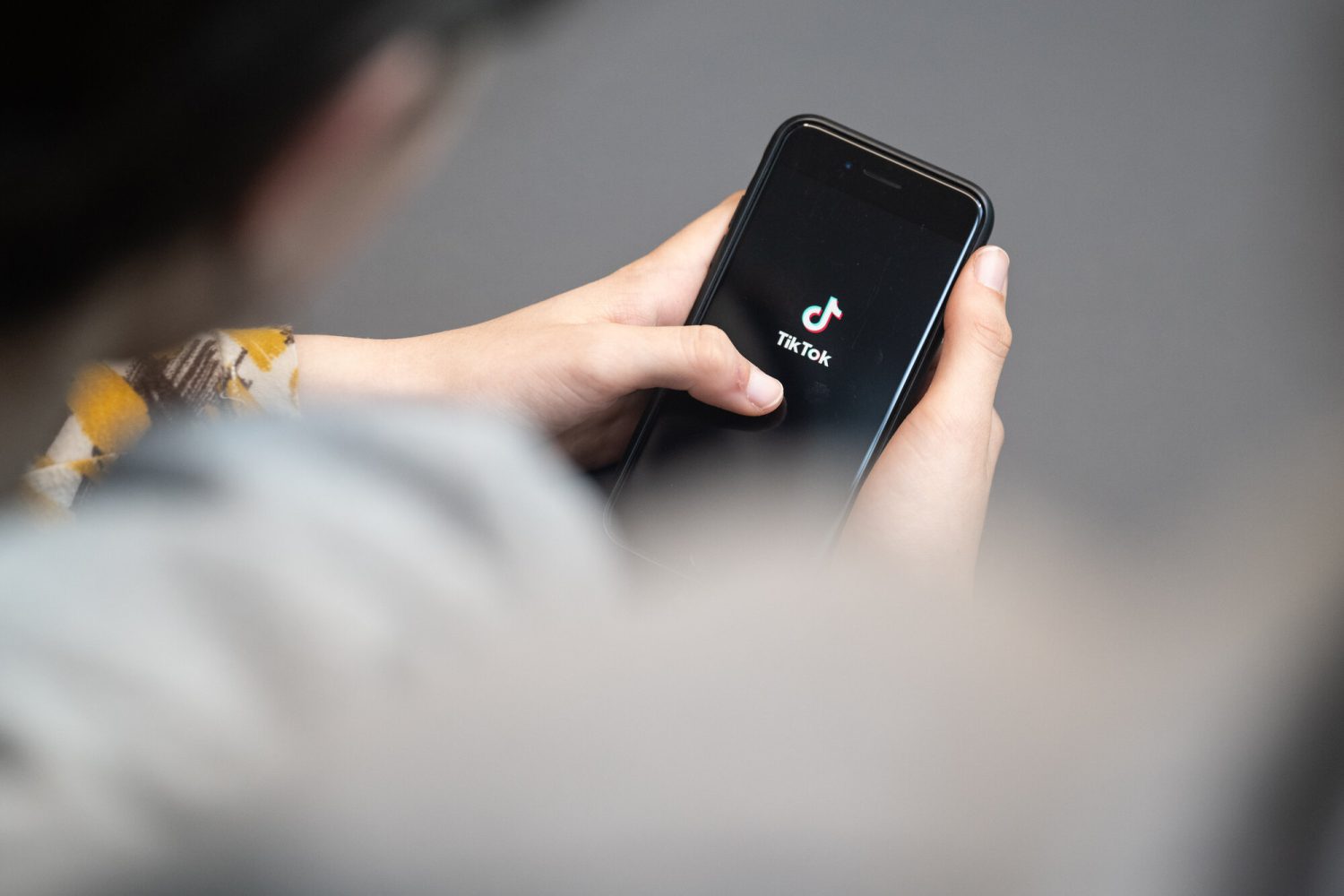Secure Your AWS Account Properly
New to AWS? Just created a free-tier account? There is a very high probability that your account is not secure. Security is critical when dealing with cloud platforms, as security breaches can cause significant damage to your resources and lead to financial losses. Let’s explore how to secure your AWS account. We can divide Cloud Security into 3 parts. 1. How To Use Your AWS Account. Root user When you register for an AWS account, the initial user created for you is the root user. The root user has all permissions and unrestricted access to all resources. Since using the root user requires the least effort and is convenient, should you use it? Nooo! You should never use the root user for day-to-day activities. For personal or team usage, unrestricted access to all resources poses a security threat and unnoticed billing risks. If root user credentials get leaked, the chances of recovering your account are minimal—this is a huge security risk. The root user should only be used when an IAM user cannot perform a specific task. IAM IAM (Identity and Access Management) plays a major role in managing your AWS account. As a best practice, IAM users should always be used instead of the root user. In the next section, let’s explore why this is important. MFA MFA (Multi-Factor Authentication) is an additional security feature that adds an extra layer of protection by requiring a second form of authentication. MFA should be enforced as a security standard. How to enable MFA 2. Isolation Of Permissions IAM users are users with separate login credentials and permissions. This helps to separate the permissions from access. Let's suppose you have an AWS Account with admin privileges and a friend or team member requests access. Instead of sharing your admin credentials, it is ideal to create a new IAM user with the minimum required permissions only. IAM Best Practices Some common examples of permission isolation: Administrator – Only one user should have full admin access. Finance Team – Should have access only to billing and payment details. Cloud Teams – Should be provided access based on project requirements. Infrastructure Auditor – Should have read-only access. Development Team – Should access only non-production resources. Isolating permissions minimizes risk, reduces human error, and prevents unauthorized access. 3. Resource Security Let's first understand what resource security is. if you have created an S3 bucket or EC2 instance isn’t it AWS’s responsibility to secure it? Yes, but not entirely. Think of AWS security like a high-security facility—AWS provides locked gates, solid walls, and biometric access. However, if you leave the door open or forget to enable biometric authentication, all the security measures become useless. This is why it is important to understand the best practices when you are handling the resources and how others can exploit misconfigurations. Common security failures include: Making an S3 bucket public. Allowing inbound access to 0.0.0.0/0 (open to all). Keeping the database in a public subnet (making it publicly accessible). Not enabling WAF or other security services (e.g. AWS Security Hub, GuardDuty, etc.). Make sure to follow security standards when you are creating resources. We will deep dive into these security services and how to implement them at a near-zero cost in the next blog post. Reference Links - https://docs.aws.amazon.com/whitepapers/latest/aws-security-best-practices/welcome.html https://aws.amazon.com/architecture/security-identity-compliance/ Later..

New to AWS? Just created a free-tier account? There is a very high probability that your account is not secure. Security is critical when dealing with cloud platforms, as security breaches can cause significant damage to your resources and lead to financial losses. Let’s explore how to secure your AWS account.
We can divide Cloud Security into 3 parts.
1. How To Use Your AWS Account.
Root user
When you register for an AWS account, the initial user created for you is the root user. The root user has all permissions and unrestricted access to all resources. Since using the root user requires the least effort and is convenient, should you use it?
Nooo! You should never use the root user for day-to-day activities. For personal or team usage, unrestricted access to all resources poses a security threat and unnoticed billing risks. If root user credentials get leaked, the chances of recovering your account are minimal—this is a huge security risk. The root user should only be used when an IAM user cannot perform a specific task.
IAM
IAM (Identity and Access Management) plays a major role in managing your AWS account. As a best practice, IAM users should always be used instead of the root user. In the next section, let’s explore why this is important.
MFA
MFA (Multi-Factor Authentication) is an additional security feature that adds an extra layer of protection by requiring a second form of authentication.
MFA should be enforced as a security standard.
How to enable MFA
2. Isolation Of Permissions
IAM users are users with separate login credentials and permissions. This helps to separate the permissions from access. Let's suppose you have an AWS Account with admin privileges and a friend or team member requests access. Instead of sharing your admin credentials, it is ideal to create a new IAM user with the minimum required permissions only.
Some common examples of permission isolation:
- Administrator – Only one user should have full admin access.
- Finance Team – Should have access only to billing and payment details.
- Cloud Teams – Should be provided access based on project requirements.
- Infrastructure Auditor – Should have read-only access.
- Development Team – Should access only non-production resources.
Isolating permissions minimizes risk, reduces human error, and prevents unauthorized access.
3. Resource Security
Let's first understand what resource security is. if you have created an S3 bucket or EC2 instance isn’t it AWS’s responsibility to secure it? Yes, but not entirely.
Think of AWS security like a high-security facility—AWS provides locked gates, solid walls, and biometric access. However, if you leave the door open or forget to enable biometric authentication, all the security measures become useless.
This is why it is important to understand the best practices when you are handling the resources and how others can exploit misconfigurations.
Common security failures include:
- Making an S3 bucket public.
- Allowing inbound access to 0.0.0.0/0 (open to all).
- Keeping the database in a public subnet (making it publicly accessible).
- Not enabling WAF or other security services (e.g. AWS Security Hub, GuardDuty, etc.).
Make sure to follow security standards when you are creating resources.
We will deep dive into these security services and how to implement them at a near-zero cost in the next blog post.
Reference Links -
https://docs.aws.amazon.com/whitepapers/latest/aws-security-best-practices/welcome.html
https://aws.amazon.com/architecture/security-identity-compliance/
Later..





















